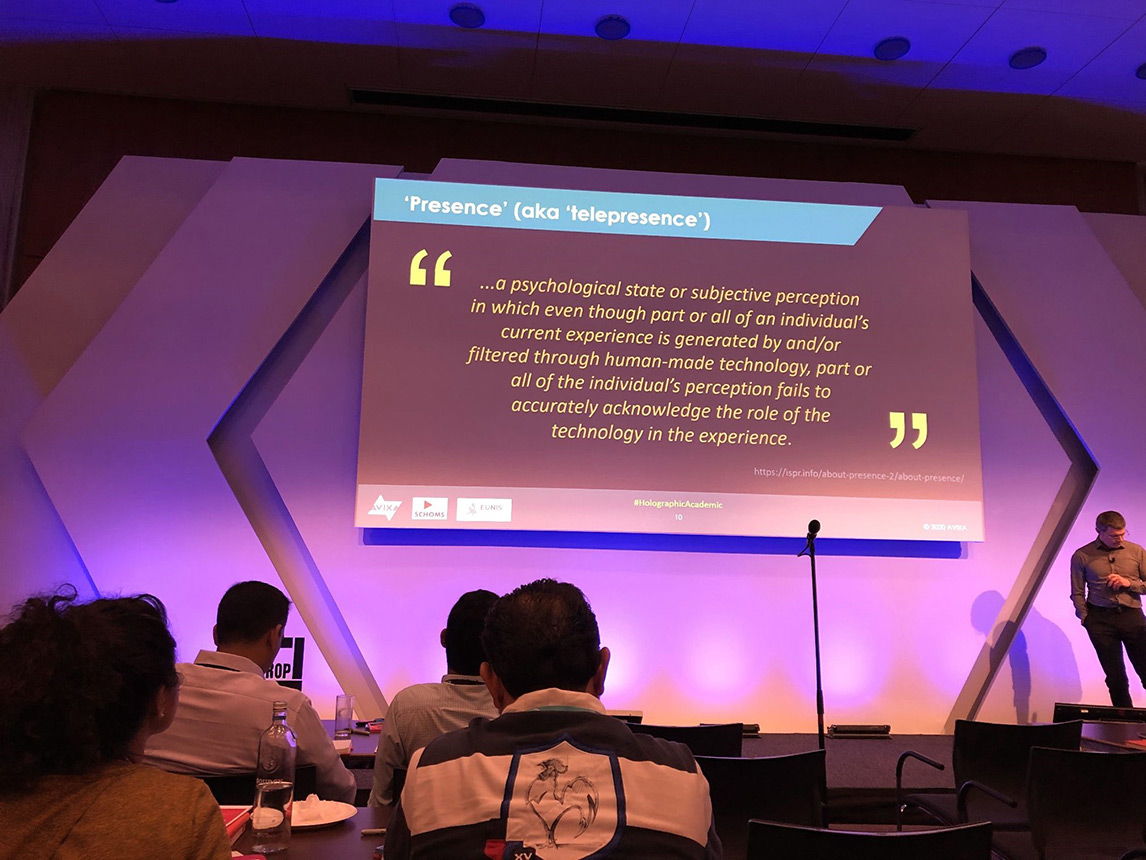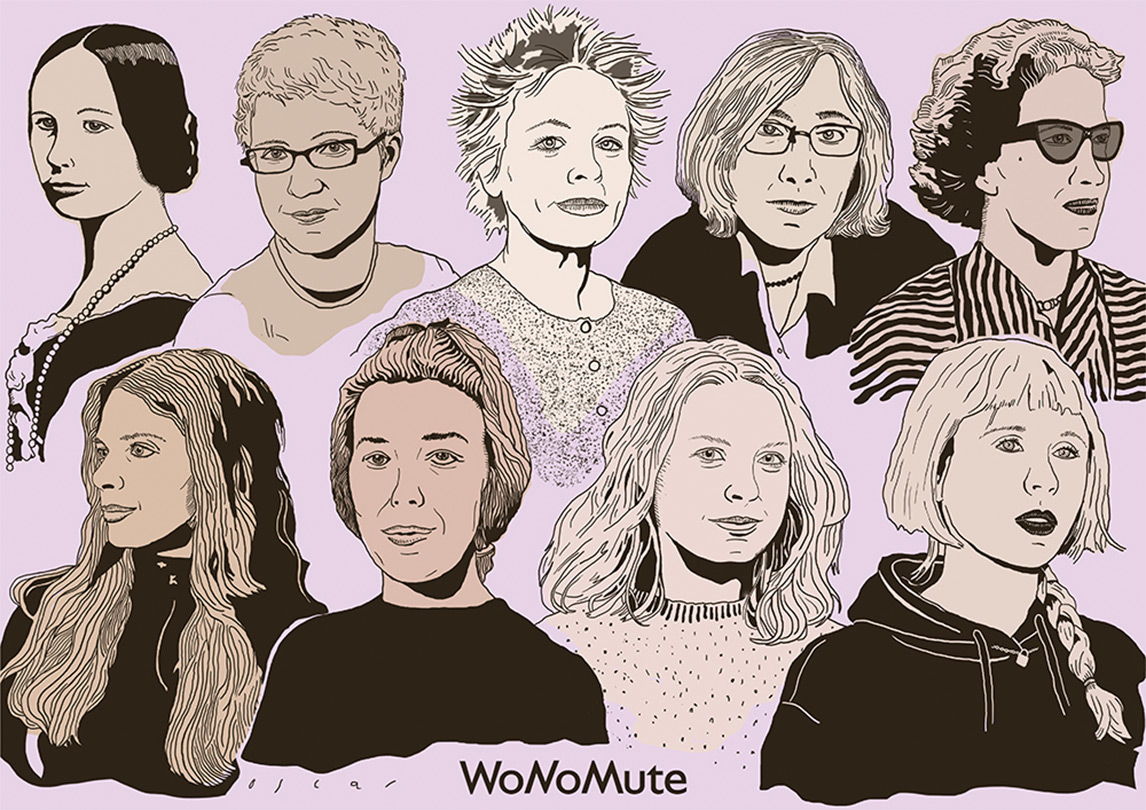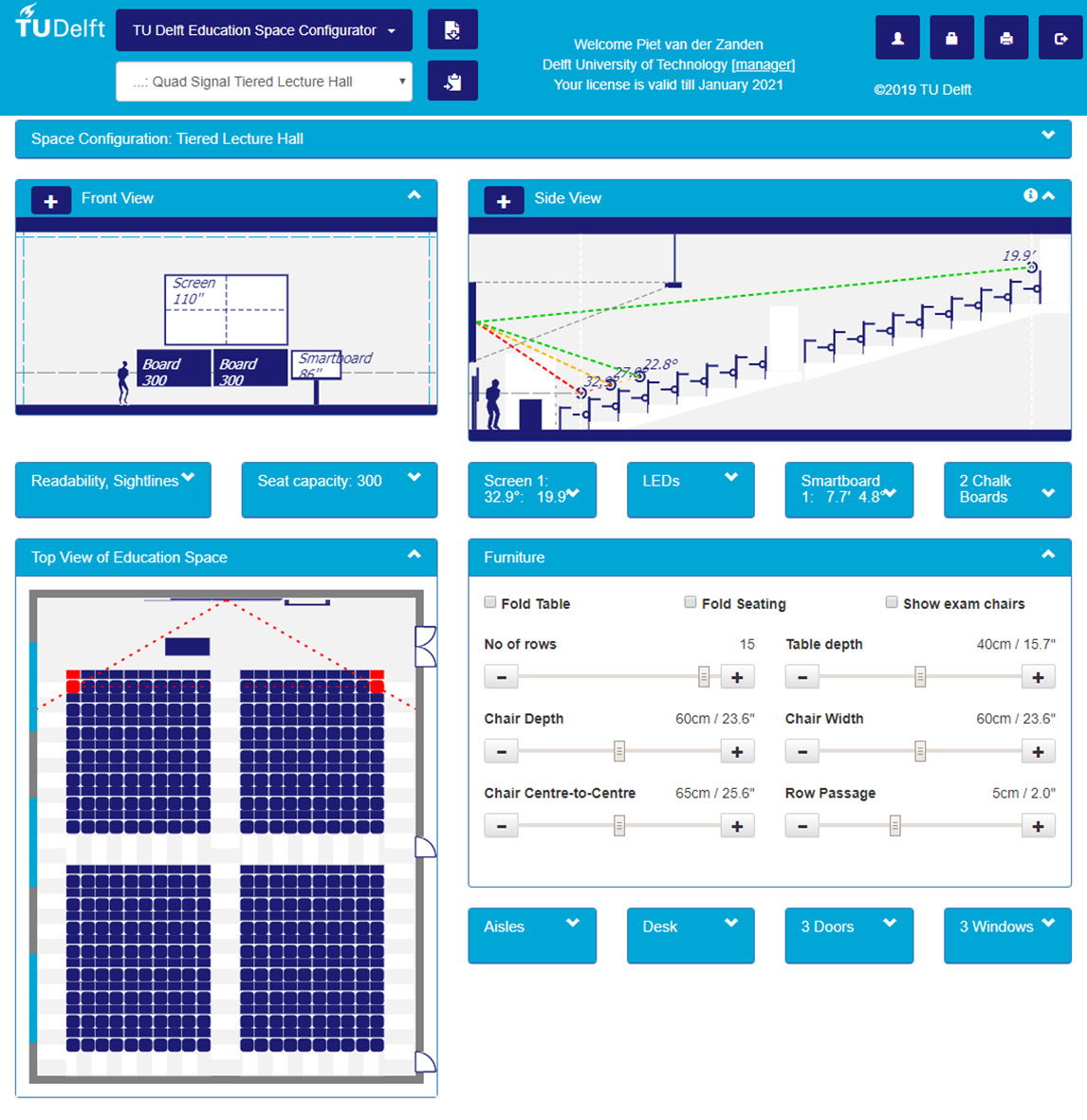AVIXA Higher Education Conference 2020
14 February 2020

How AV technology enriches the user experience in Higher Education
At the AVIXA Higher Education Conference 2020, experts discussed how technology can enhance educational environments at universities. In our digitalized world where remote communication becomes ever-more important, two main aspects of the learner’s experience are presence and participation.
In times of Education 4.0, user-friendly AV and IT solutions become an essential part in educational environments. The effective use of technologies for the best learning experience of students was the theme of this year’s AVIXA Higher Education Conference which took place at Integrated Systems Europe 2020.
The “holographic academic”
With digital transformation, distance learning is becoming a standard in Higher Education. Dom Pates, Senior Educational Technologist at City, University London, presented holographic lecturing as a form of live teaching at a distance using telepresence tools that might become a part of the curriculum in the next years.

According to the researcher, the appearance of a teacher as a life-sized, moving 3D holographic entity allows new ways of engaging students. The holographic projection goes beyond the presence of a person via video conference tools as she seems to be co-located with the actual learners. Obviously, the introduction of holographic projections in educational contexts poses various logistical, technical and ethical questions. Dom Pates designed a miniature speculative design workshop for his audience at the AVIXA Higher Education Conference. Workshop groups were provided with “What if”-prompts to point out challenges that might arise with the use of holography in universities regarding inclusion, data protection and identity fraud.
New ways of inclusion with digitalization
Accessibility consultant Alistair McNaught talked in his presentation about how AV technology can improve inclusion at universities. He gave the audience an overview of the preferred media of blind and deaf students as well as people with dyslexia and dexterity impairments. Overall, the least favoured medium is text while audio and video come out best overall for different user groups. Nevertheless, text is still a widespread learning medium at universities as it can be made accessible very easily by teachers. Alistair McNaught pointed out that especially live stream video can be an effective way of helping disabled students participate in real time by overcoming physical barriers to presence at university. Such options for remote participation are particularly important regarding the growing number of people facing mental health issues. They allow students to attend classes and complete their learning workload without having to be physically present in times when their disease makes it impossible to go to university. Alistair McNaught pointed out that meeting accessibility requirements in an educational context can be met well with digitally enhanced teaching and learning that it is potentially more accessible than traditional lectures, print books and paper handouts. In conclusion, an important prerequisite for good digital teaching is a well-trained, university staff with digital competence. The Erasmus funded project Future Teacher 3.0 provides offers for free staff training, capacity building and self-assessment.
Cross-campus presence
Robin Støckert from the Norwegian University of Science and Technology (NTNU) presented the international joint master program “Music, Communication and Technology” (MCT) by NTNU and the University of Oslo (UiO). It offers courses in machine learning, programming multichannel audio and ambisonics, motion tracking as well as classes in entrepreneurship and research methods. In this master program, most of the learning and teaching activities are done in real time between the locations. A portal‐room at each campus serves as a high-quality, low-latency always-on connection between NTNU and UiO. As part of their master program, students are responsible for running and maintaining these portals. An example of their simultaneous cross-campus projects is creating music together. Part of MCT is the 3-year research project student active learning in a two‐campus scenario (SALTO) which is dedicated to the specific study situation. It deals with the challenges that pedagogy faces with cross-campus team-based learning, flipped classrooms and other student active learning methods. Robin Støckert pointed out in his presentation how important it is to create a seamless connection between the campuses to ensure a good user experience and an adequate digital presence that he defines as the feeling of being connected, socially and mentally.
AV – It’s not a man’s world
Presence and participation are also urgent topics for the only female panellist at the AVIXA Higher Education Conference. Karolina Jawad chose the title Technical AV roles and the Glass Ceiling to address the problems that women face regarding participation and acknowledgement of women in the male-dominated AV world. The research assistant is a student of the master program “Music, Communication and Technology” (MCT). She is also Co-Chair of the association “Women Nordic Music Technology” (WoNoMute).

According to Karolina Jawad, it is time to diversify AV environments and tech spaces as they reflect overall societal challenges regarding race, gender, class, ability, age and sexual orientation – think of the manifested stereotype of “the sound guy”. Karolina Jawad criticizes that the AV world is characterized by a lack of mentors and pervasive role models for women, a minority pay gap as well as hostile language and misconduct which often is not sanctioned. To increase the visibility of female role models, WoNoMute was founded in August 2018 as a horizontal network organization at the Norwegian University of Science and Technology (NTNU) in partnership with University of Oslo (UiO). The association aims to establish networks of empowerment to promote and connect the work of women in the interdisciplinary field of music technology on local, national and international levels. The organisation’s activities include workshops, seminars as well as a high school visiting program to get young women excited for technology.
Configurating education spaces for an enhanced learning experience
When it comes to participation at universities, a well-designed learning space is essential. In order to optimize educational environments, researchers at TU Delft developed the (TUDESC). TUDESC visualizes and adapts requirements for readability, sightlines, capacity and accessibility in lecture halls and classrooms.

Piet Van der Zanden from TU Delft presented the trial version of TUDESC at the AVIXA Higher Education Conference. The room configurator helps to generate programs of requirements for contemporary learning spaces for example by adapting the altered requirements for a lecture hall regarding readability when seat capacity is increased. TUDESC is copyright protected and licensed by TU Delft. The university also offers the freely available Cookbook Education Spaces. The Cookbook provides information for the various stakeholders of designing education spaces like teaching staff and education support staff as well as designers, advisors and suppliers. The Cookbook includes a classification of teaching practices, an overview of education space typologies as well as requirements and guidelines for different study places. Although the Cookbook Education Spaces is tailored to the TU Delft campus, it is an interesting source relevant for stakeholders at every university. For more information on the requirements of technology infrastructures in universities in the age of Education 4.0, check out AVIXA’s AV/IT Infrastructure Guidelines for Higher Education.


